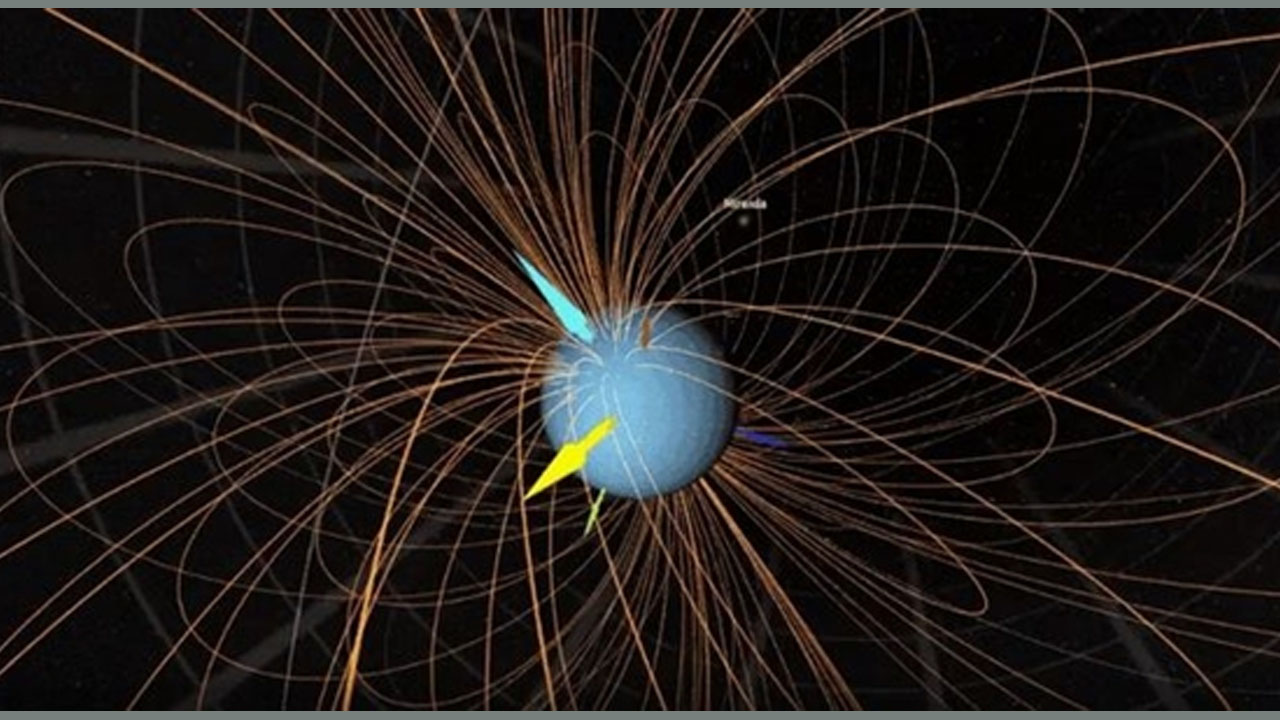On January 24, 1986, Voyager 2 flew over Uranus, the seventh planet in the solar system, and sent back thousands of images to the earth, as well as an extended amount of scientific data and measure data regarding the atmosphere and magnetic field of this planet.

Currently, the data collected by Voyager 2 provided scientists with an unprecedented opportunity to directly observe the ice giants of the solar system.
Scientists discovered two new ring systems and 11 new satellites and found that the lowest temperature on the surface of Uranus can reach minus 178 degrees Celsius.
This year, scientists reanalyzed the data collected during the Voyager 2 flyby of Uranus and found that the spacecraft actually flew over a plasma.
This is a large structure produced by a planet’s magnetic field that can strip Uranus’ atmosphere of all the planets in the solar system, Uranus is very weird.
The rotation axis of this planet is tilted 98 degrees which means that its rotation is completely different from other planets in the solar system.
The angle between the axis of Uranus’s magnetic field and the axis of rotation, that is, the magnetic declination, is 60 degrees.
According to the National Aeronautics and Space Administration (NASA), when Uranus rotates, the magnetosphere or the space formed by its magnetic field will sway like a football.

When the scientists reanalyzed the data collected by the Voyager 2 probe with new eyes, they found a small “wave” in it.
The tiny twisted line is plasma. Plasma is a sign of Uranus’s atmosphere being stripped. These huge plasma bubbles are sucked out of the atmosphere and hang at the end of the planet’s magnetic field under the influence of the solar wind. This phenomenon is also called the magnetic tail.
During the 45-hour flight of Voyager 2 to Uranus, it only lasted 60 seconds to traverse the plasma, so it looked like a small spot in the data. This is so small that it took more than 30 years for scientists to discover it.
But this discovery marks the first time that people have discovered plasma on Uranus, and also allows scientists to better understand this mysterious ice giant planet.
(Via)
